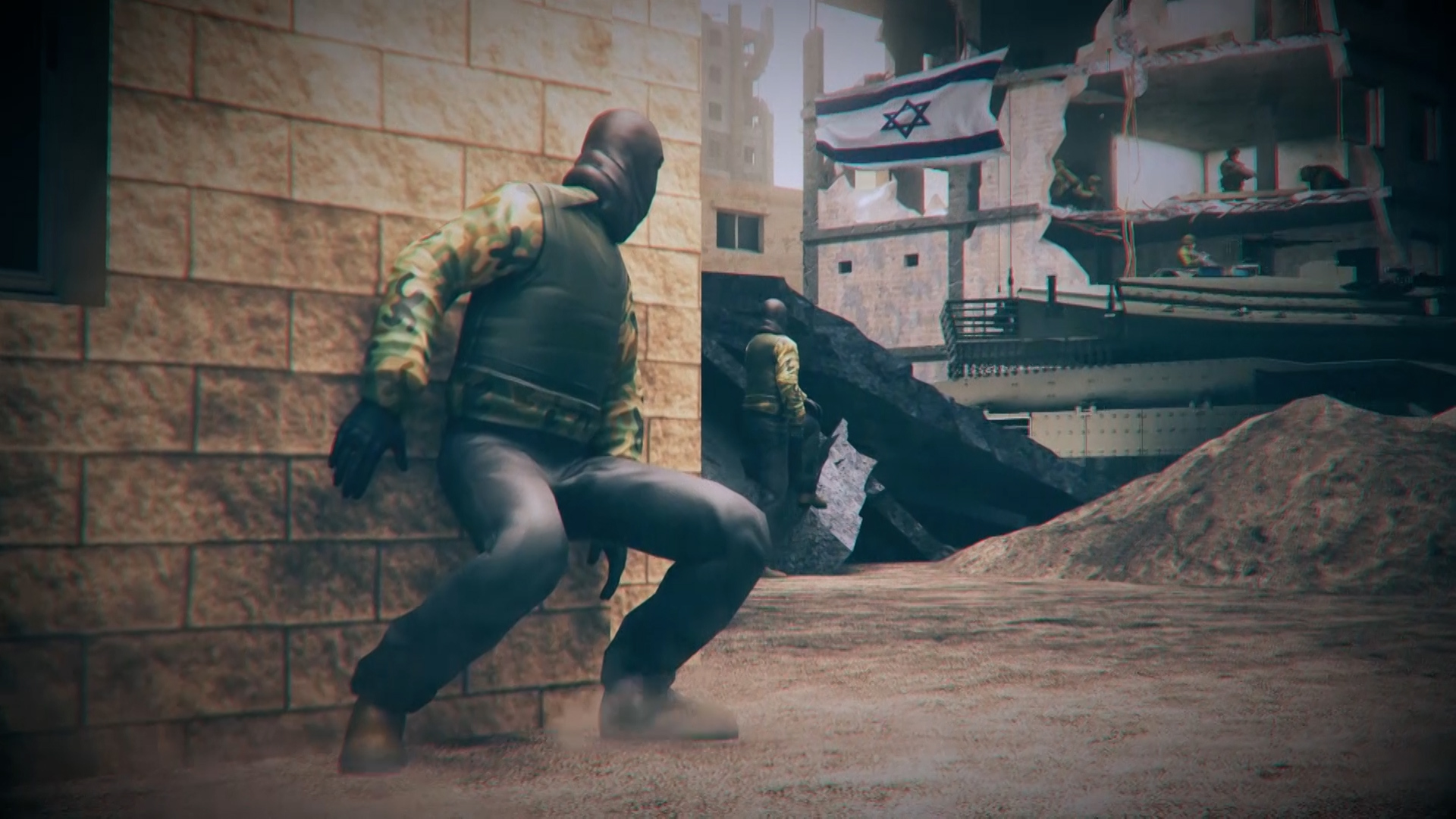play videoplay video
Video duration 06 minutes 43 seconds 06:43
Reports indicate that the brigades of the Al-Qassam Brigades, the military wing of the Islamic Resistance Movement (Hamas), located in the northern Gaza Strip, did not request support from other brigades in the Strip, despite the passage of 14 weeks since the start of the Israeli ground operation in the region.
On the other hand, Israel expanded its operation, assigning command in the south to the 98th Division, which consists of the 35th and 55th Parachute Brigades, in addition to the “Oz” Brigade, which includes the Duvdevan, Magellan, and Egoz units.
According to a report prepared by Salam Khader, the occupation military command deployed the 7th and 5th Armored Brigades, Givati, Kfir, and Kiryati, along with the 5th Battalion.
All of these forces were tasked with confronting the Khan Yunis Brigade, one of the most prominent elite brigades in Al-Qassam, and the nature of its leadership structure and its decision-making hierarchy are not known.
Complex process
The Khan Yunis operation is considered one of the most complex operations during the war, as it contains almost all the factors that regular armies fear, as it is a small area with a dense population.
Israel adopts traditional methods of warfare, especially relying on dropping fortification-piercing shells from the air with the aim of reaching deep into the tunnels to strike the command and control nodes of the resistance.
The US Army Staff College had issued a report before the start of the Israeli ground operation in the Gaza Strip, warning of the consequences of a ground incursion.
The report said that the air operations did not achieve the desired goals in similar operations that had taken place in the past.
Hybrid formation of sections
On the other hand, in its fighting, Al-Qassam relies on a “hybrid formation” that integrates the elite that borrows from the regular armies a high level of discipline, performance, and some military traditions.
One of these traditions is that a soldier lies in a specific location for weeks without entering into a clash under any circumstances, waiting to carry out a specific mission, which is what happened in the Al-Maghazi camp ambush, which killed more than 20 officers and soldiers.
There are also field units responsible for direct engagement, maneuvering, and commitment to rapid implementation and withdrawal, and they are made up of small groups ranging from one to four fighters.
Al-Qassam also developed its combat capabilities, starting to engage in combat above and below ground after training its fighters to adapt to the lack of oxygen and the decline of natural light sources, with the high risks of dealing with unconventional confrontations, including the poison gas that Israel used in one of the tunnels.
Israel pushed its forces from two main axes, namely Kissufim, to completely isolate Khan Yunis from the central region. It cut Salah al-Din Street and entered agricultural lands, reaching the coastal line at Al-Rashid Street.
In parallel with this attack, other forces entered from the southeast to use Salah al-Din Street, to separate the eastern Khan Yunis Governorate from its west in order to disperse the resistance effort.
One week after this attack, the city turned from a battlefield into one of the means of war between the two sides.
Israel also faced the dilemma of destroying tunnels, which is considered a nightmare for soldiers as it is slow and deadly and greatly reduces reliance on modern technologies, which the Israeli army relies on in what is known as the “Maalot Doctrine,” meaning superiority.
Israel misjudged the opponent's strength and placed its weight on technology. These are two fatal mistakes in urban wars, because the mission of the infantry - according to the Americans - is to identify the enemy's positions and destroy them, and if the enemy is able to neutralize this equation, eliminating him will be impossible.
Source: Al Jazeera

